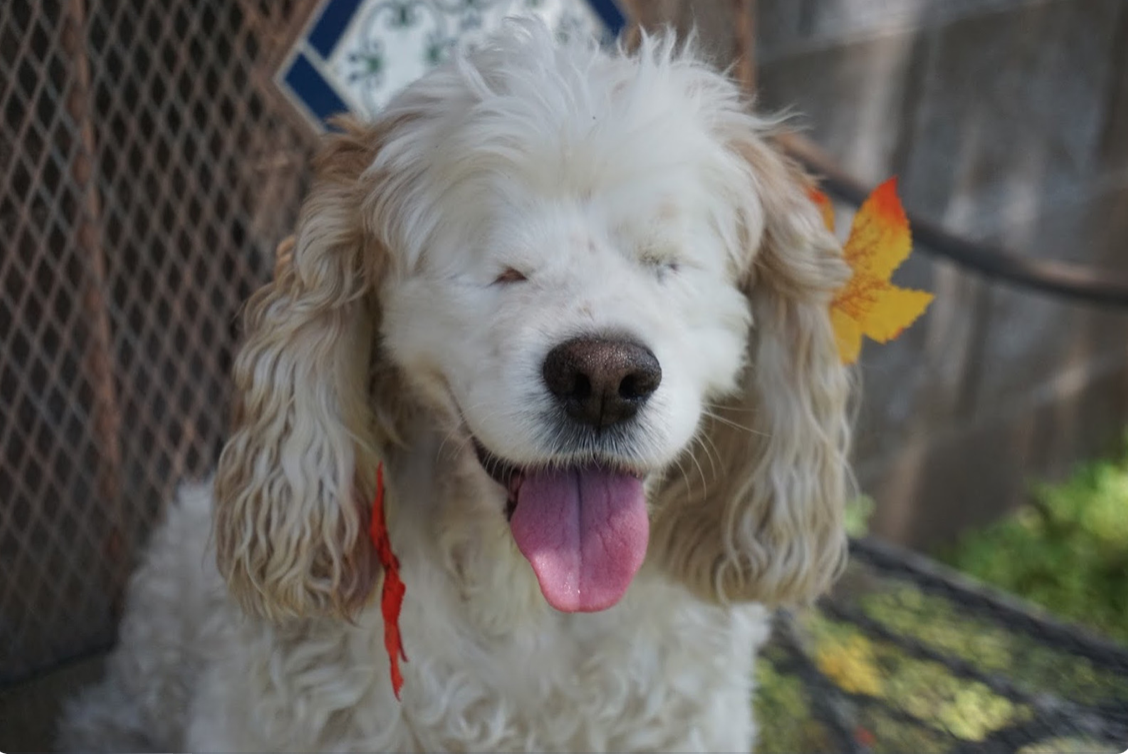
Blindness in Dogs
Dogs come in an incredible variety of shapes, sizes, and dispositions, making each one unique. But there are some dogs who are extra special, like the ones that are blind. A lack of sight might seem tough to us, but to blind dogs, it’s no big deal! Keep reading to learn more about blind dogs, and how their blindness doesn’t stop them from living a full and exciting life!
The Causes and Progression of Canine Blindness
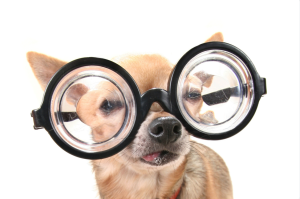
Blindness in dogs can be caused by numerous factors, including genetic conditions, accidents, illness or diseases such as diabetes or glaucoma, and old age. While it can happen to any dog, some dog breeds are more predisposed to hereditary conditions that can cause blindness, such as Labrador Retrievers, Springer Spaniels, Golden Retrievers, Siberian Huskies, Poodles, and Great Danes.
Typically, blindness doesn’t just occur overnight (unless caused by an accident or sudden severe illness). It’s typically a gradual process, with their vision deteriorating over time. Luckily, this gradual decline allows dogs to slowly adapt to their changing senses, making use of their heightened smell and hearing to compensate.
Adapting to Their World
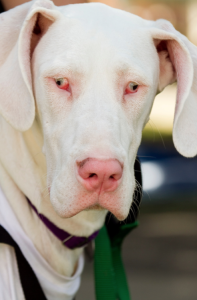
Dogs, in general, rely more on their senses of smell and hearing than they do on sight. According to Phoenix Veterinary Center, dogs “possess up to 300 million olfactory receptors in their noses, compared to about six million in us.” For blind dogs, these senses become their primary means of interpreting the world.
Contrary to what one might think, blind dogs can live quite comfortably and joyfully using these enhanced senses. They can still participate in regular dog activities such as playing fetch, going for walks, and even agility courses with proper training and encouragement.
One of the most critical aspects of helping a blind dog adapt is consistency. Keeping furniture and their food/water bowls in the same place can be a huge help. This allows them to map out their surroundings and reduces the risk of injuries from bumping into objects.
Training and Caring for Blind Dogs
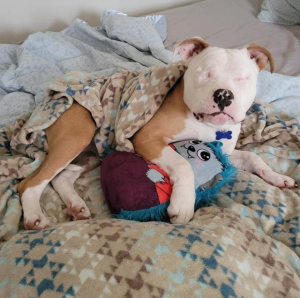 Training a blind dog might require more patience and creativity, but it’s 100% doable! Using verbal cues and touch signals can be a great way to communicate with them. Reward-based training, like using treats and praises, is always the most effective.
Training a blind dog might require more patience and creativity, but it’s 100% doable! Using verbal cues and touch signals can be a great way to communicate with them. Reward-based training, like using treats and praises, is always the most effective.
Technology has also come to aid. Innovations like ‘halo harnesses’ protect blind dogs from bumping into objects, while sensory toys using sound and smell help keep them engaged and stimulated. If you think your dog would benefit from a halo harness, check out this link: Halo Harness on Chewy.com
There are also scented stickers that you can place around the house, like before the stairs or at the front door. These help your dog figure out where they are and help prevent them from bumping into anything.
The Emotional Side
Blind dogs, despite their lack of sight, can lead happy and fulfilled lives. Their ability to love, connect, and enjoy life remains untouched by their physical condition. As pet parents, it’s crucial that we don’t project our feelings of sadness or pity on them. They don’t know they are any different from other dogs, and with your love and care, they won’t feel different either!
Treat Them Like Any Other Dog
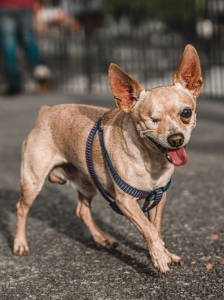
At the end of the day, blind dogs, like any other dogs, need love, care, and understanding from their human companions. If you’re considering adopting a blind dog, or if your dog is losing its sight, know that while the journey might look a little different, the rewards are immense. The resilience, trust, and undying affection that blind dogs exhibit can be an incredible lesson in courage and positivity.
Remember, it’s not the blindness that defines them, but their heart, spirit, and zest for life. Caring for a blind dog can be one of the most fulfilling experiences of your life, opening your eyes to a whole new way of seeing the world, sans sight.
If you want to learn more about blind dogs or special needs dogs, check out our article on caring for a special needs dog!
